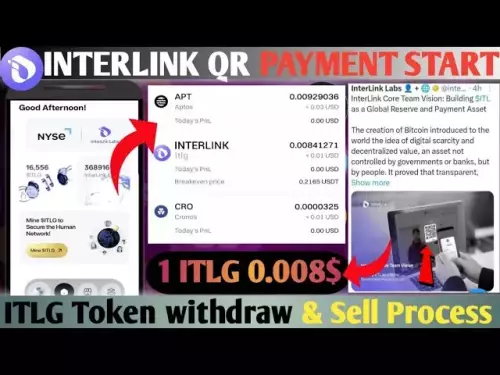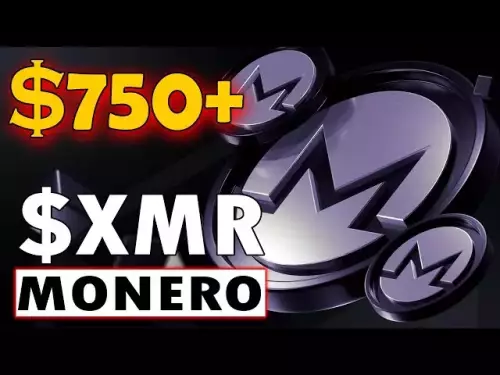-
 bitcoin
bitcoin $107208.295278 USD
-1.54% -
 ethereum
ethereum $3874.629914 USD
-1.38% -
 tether
tether $1.000440 USD
0.03% -
 bnb
bnb $1089.465513 USD
-5.53% -
 xrp
xrp $2.327672 USD
-1.65% -
 solana
solana $184.766505 USD
-0.73% -
 usd-coin
usd-coin $1.000076 USD
0.02% -
 tron
tron $0.310632 USD
-1.99% -
 dogecoin
dogecoin $0.187615 USD
-1.60% -
 cardano
cardano $0.633389 USD
-2.75% -
 ethena-usde
ethena-usde $0.999553 USD
0.03% -
 hyperliquid
hyperliquid $35.608231 USD
-4.13% -
 chainlink
chainlink $16.876114 USD
-3.98% -
 stellar
stellar $0.312239 USD
-0.91% -
 bitcoin-cash
bitcoin-cash $473.262969 USD
-7.09%
What are the most common mistakes when buying an NFT?
Always verify the creator's wallet address and social media to avoid NFT scams—fake profiles often mimic real artists, leading to irreversible losses.
Oct 17, 2025 at 08:19 pm

Overlooking the Authenticity of the Creator
1. Many buyers rush into purchasing an NFT without verifying the legitimacy of the artist or project creator. Impersonators frequently set up fake profiles on marketplaces to mimic popular creators and sell counterfeit digital art.
2. Scammers often use names and profile pictures nearly identical to well-known artists, making it difficult for inexperienced collectors to distinguish between real and fraudulent listings.
3. Always cross-check the wallet address or official social media channels of the creator before completing a transaction. Even a slight variation in the address can lead to irreversible fund loss.
4. Some platforms lack robust verification systems, allowing malicious actors to list fake collections under reputable brand names.
5. Relying solely on marketplace badges without independent confirmation increases the risk of falling victim to identity spoofing.
Failing to Understand Gas Fees and Transaction Costs
1. Newcomers often underestimate how much they’ll pay in network fees, especially during periods of high congestion on blockchains like Ethereum.
2. A seemingly low-priced NFT may end up costing significantly more once gas fees are factored in, sometimes exceeding the original bid amount.
3. Setting inappropriate gas limits or choosing the wrong network timing can result in failed transactions with non-refundable fees. This is particularly common during hyped mint events.
4. Users unfamiliar with wallet settings might approve transactions without reviewing the total cost breakdown, leading to unexpected expenses.
5. Some buyers confuse USD-denominated prices with cryptocurrency values, failing to account for exchange rate fluctuations at the moment of purchase.
Ignoring Smart Contract Risks
1. Most NFT purchases involve interacting with smart contracts, which can contain hidden functions or vulnerabilities if not properly audited.
2. Malicious code within a contract might allow developers to freeze ownership, alter metadata, or even reclaim tokens after sale.
3. Never interact with a contract without checking its audit status or reviewing its code through tools like Etherscan. Unverified contracts pose serious security threats.
4. Phishing sites often redirect users to sign harmful approvals that grant unlimited access to their wallets.
5. Some contracts include royalty manipulation mechanisms that bypass standard payment rules, depriving secondary sellers of expected earnings.
Misjudging Long-Term Value and Utility
1. Emotional buying driven by hype leads many investors to overpay for NFTs with no intrinsic utility or sustainable community backing.
2. Projects promising future rewards or metaverse integration often fail to deliver, leaving holders with worthless digital assets.
3. An NFT’s value isn’t guaranteed by rarity alone—market demand, project roadmap credibility, and actual usage determine longevity.
4. Buyers neglect to research whether the collection has active development, transparent team members, or real-world partnerships.
5. Trend-based NFTs may surge in price temporarily but collapse quickly once attention shifts to newer projects.
Common Questions About NFT Purchases
How can I verify if an NFT marketplace is trustworthy?Check if the platform publicly discloses its security practices, uses two-factor authentication, provides verified creator badges, and has a history of handling scams promptly. User reviews and blockchain analytics tools can also help assess reliability.
What should I do if I sent funds to the wrong wallet?Transactions on most blockchains are irreversible. If you mistakenly send cryptocurrency to an incorrect or scam wallet, recovery is typically impossible. Always double-check addresses and consider using ENS names to reduce human error.
Can someone steal my NFT after I buy it?Yes, if your wallet is compromised through phishing, malware, or unauthorized contract approvals. Avoid clicking suspicious links, revoke unused token approvals regularly, and store private keys offline to minimize theft risks.
Why did the price of my NFT drop immediately after purchase?Market volatility, oversupply, loss of community interest, or broader crypto downturns can cause rapid devaluation. Buying based on speculation without due diligence increases exposure to such losses.
Disclaimer:info@kdj.com
The information provided is not trading advice. kdj.com does not assume any responsibility for any investments made based on the information provided in this article. Cryptocurrencies are highly volatile and it is highly recommended that you invest with caution after thorough research!
If you believe that the content used on this website infringes your copyright, please contact us immediately (info@kdj.com) and we will delete it promptly.
- Bitcoin, Altcoins, and Market Jitters: Navigating Crypto's Wild Ride
- 2025-10-19 00:25:17
- XRP Millionaire by 2030: Hopes, Hurdles, and How Much You Need
- 2025-10-19 00:25:17
- Falcons, 49ers, and the Odds: A Surprising Gridiron Story
- 2025-10-19 00:30:14
- Bitcoin's Next Decade: Will It Soar?
- 2025-10-19 00:45:12
- Ondo Finance, the SEC, and Tokenization: A New York Minute on Crypto's Regulatory Dance
- 2025-10-19 00:45:12
- Crypto, Million, Play: Is Digitap the Next Big Thing?
- 2025-10-19 01:05:16
Related knowledge
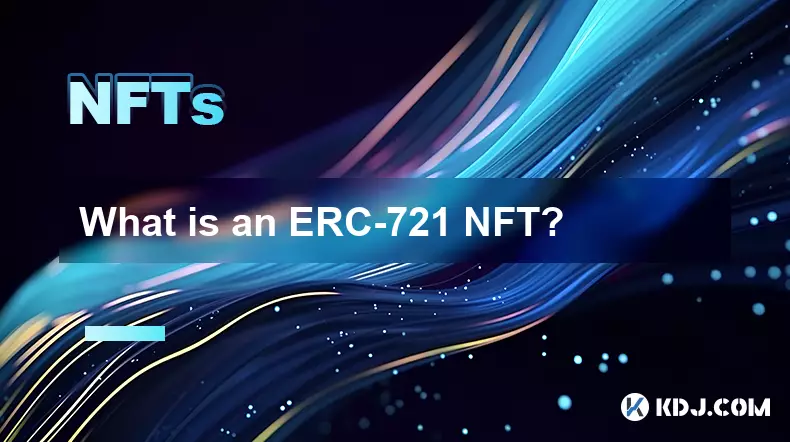
What is an ERC-721 NFT?
Oct 17,2025 at 02:00pm
Understanding ERC-721 NFTs in the Blockchain EcosystemERC-721 is a technical standard used for implementing non-fungible tokens (NFTs) on the Ethereum...
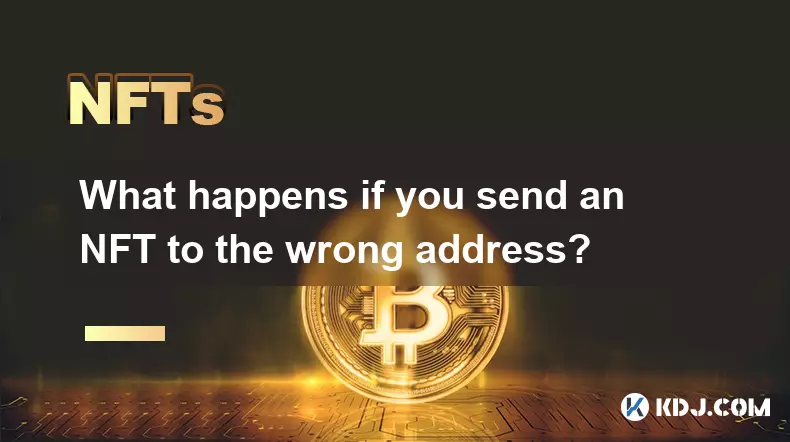
What happens if you send an NFT to the wrong address?
Oct 13,2025 at 09:17am
Understanding the Consequences of Sending an NFT to the Wrong Address1. Once an NFT is sent to a wallet address on the blockchain, the transaction is ...
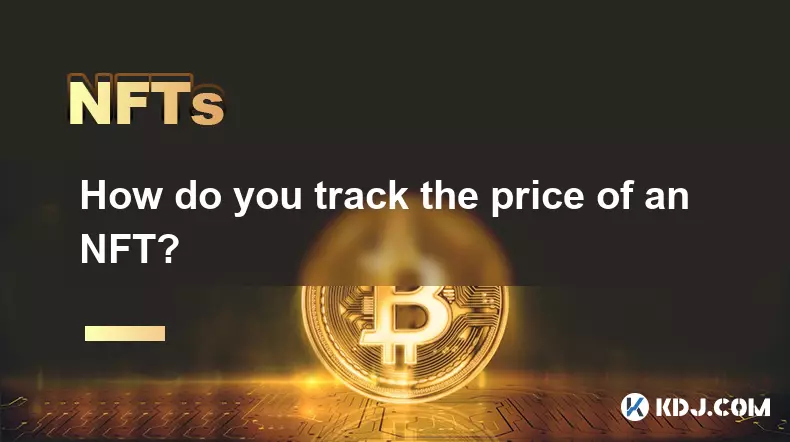
How do you track the price of an NFT?
Oct 15,2025 at 08:01pm
Understanding the Role of Decentralized Exchanges in Modern Crypto Trading1. Decentralized exchanges, commonly known as DEXs, operate without a centra...

What are the most common mistakes when buying an NFT?
Oct 17,2025 at 08:19pm
Overlooking the Authenticity of the Creator1. Many buyers rush into purchasing an NFT without verifying the legitimacy of the artist or project creato...
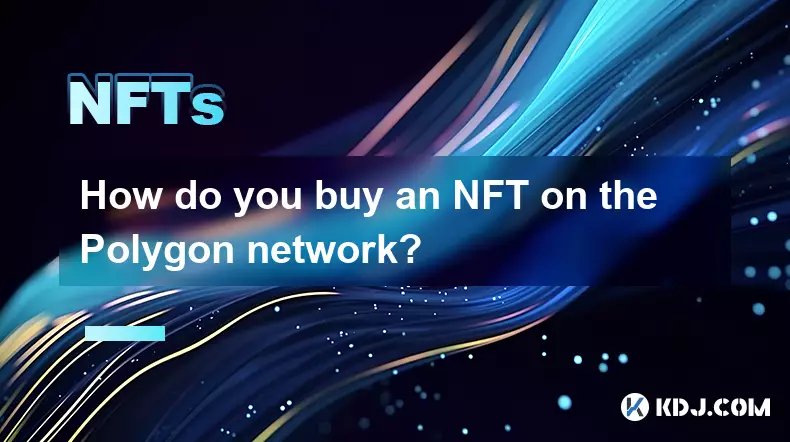
How do you buy an NFT on the Polygon network?
Oct 12,2025 at 09:54am
Understanding the Polygon Network for NFT Purchases1. The Polygon network is a Layer 2 scaling solution built on top of Ethereum, designed to reduce t...
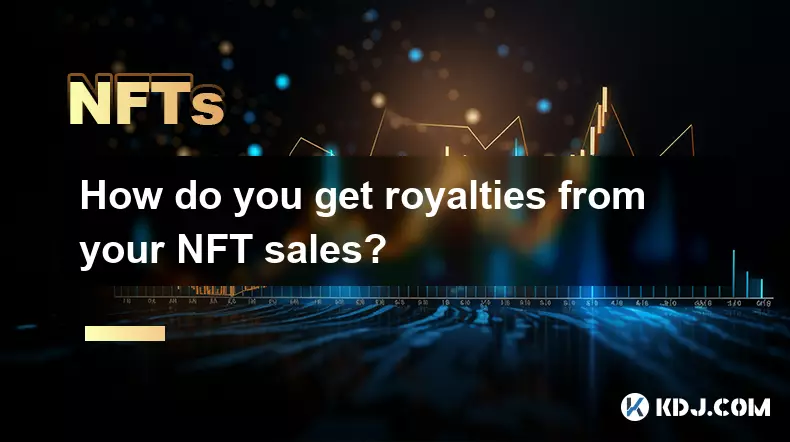
How do you get royalties from your NFT sales?
Oct 13,2025 at 02:18am
Earning Royalties Through NFT Marketplaces1. When you create an NFT, you can embed royalty terms directly into the smart contract that governs it. Thi...

What is an ERC-721 NFT?
Oct 17,2025 at 02:00pm
Understanding ERC-721 NFTs in the Blockchain EcosystemERC-721 is a technical standard used for implementing non-fungible tokens (NFTs) on the Ethereum...

What happens if you send an NFT to the wrong address?
Oct 13,2025 at 09:17am
Understanding the Consequences of Sending an NFT to the Wrong Address1. Once an NFT is sent to a wallet address on the blockchain, the transaction is ...

How do you track the price of an NFT?
Oct 15,2025 at 08:01pm
Understanding the Role of Decentralized Exchanges in Modern Crypto Trading1. Decentralized exchanges, commonly known as DEXs, operate without a centra...

What are the most common mistakes when buying an NFT?
Oct 17,2025 at 08:19pm
Overlooking the Authenticity of the Creator1. Many buyers rush into purchasing an NFT without verifying the legitimacy of the artist or project creato...

How do you buy an NFT on the Polygon network?
Oct 12,2025 at 09:54am
Understanding the Polygon Network for NFT Purchases1. The Polygon network is a Layer 2 scaling solution built on top of Ethereum, designed to reduce t...

How do you get royalties from your NFT sales?
Oct 13,2025 at 02:18am
Earning Royalties Through NFT Marketplaces1. When you create an NFT, you can embed royalty terms directly into the smart contract that governs it. Thi...
See all articles
























